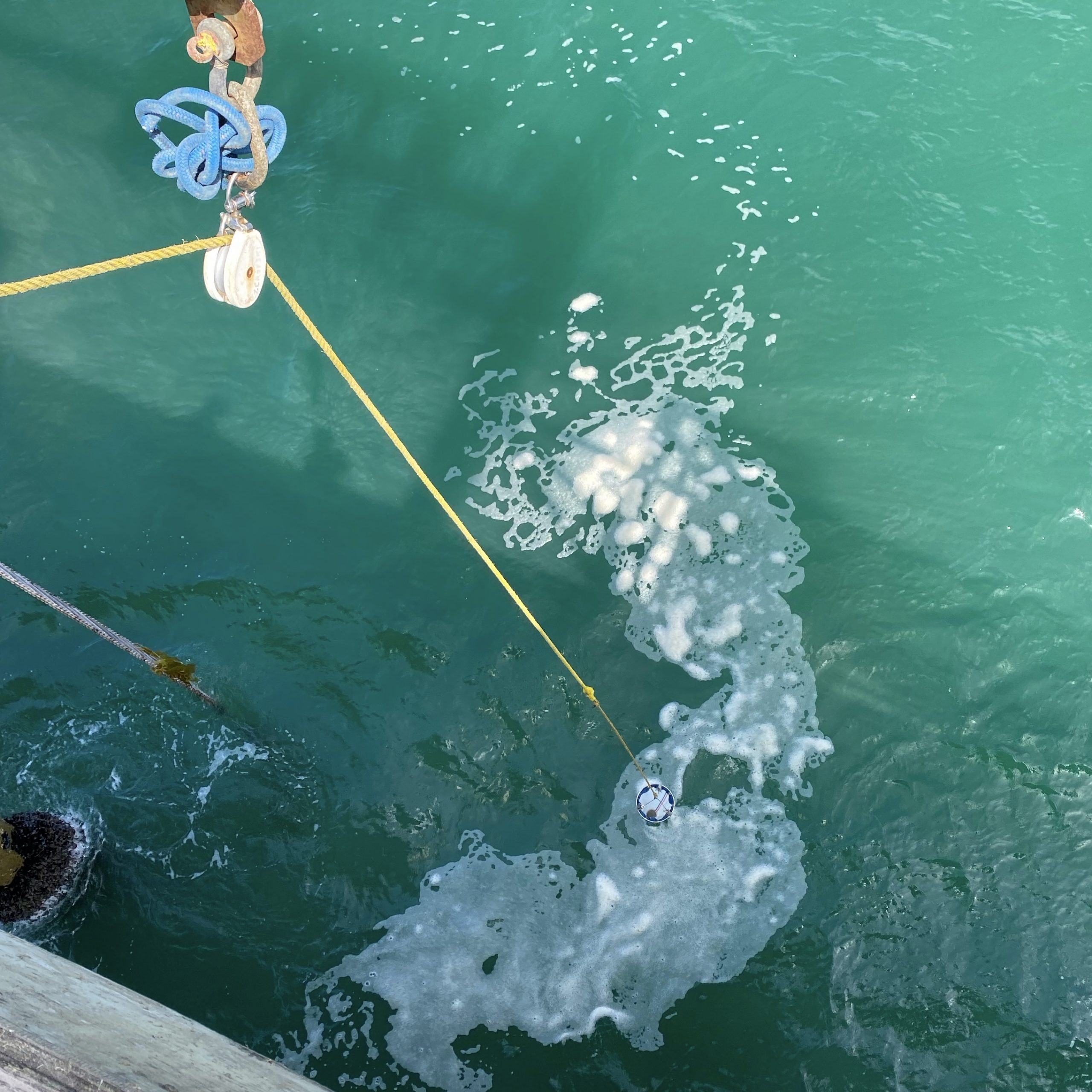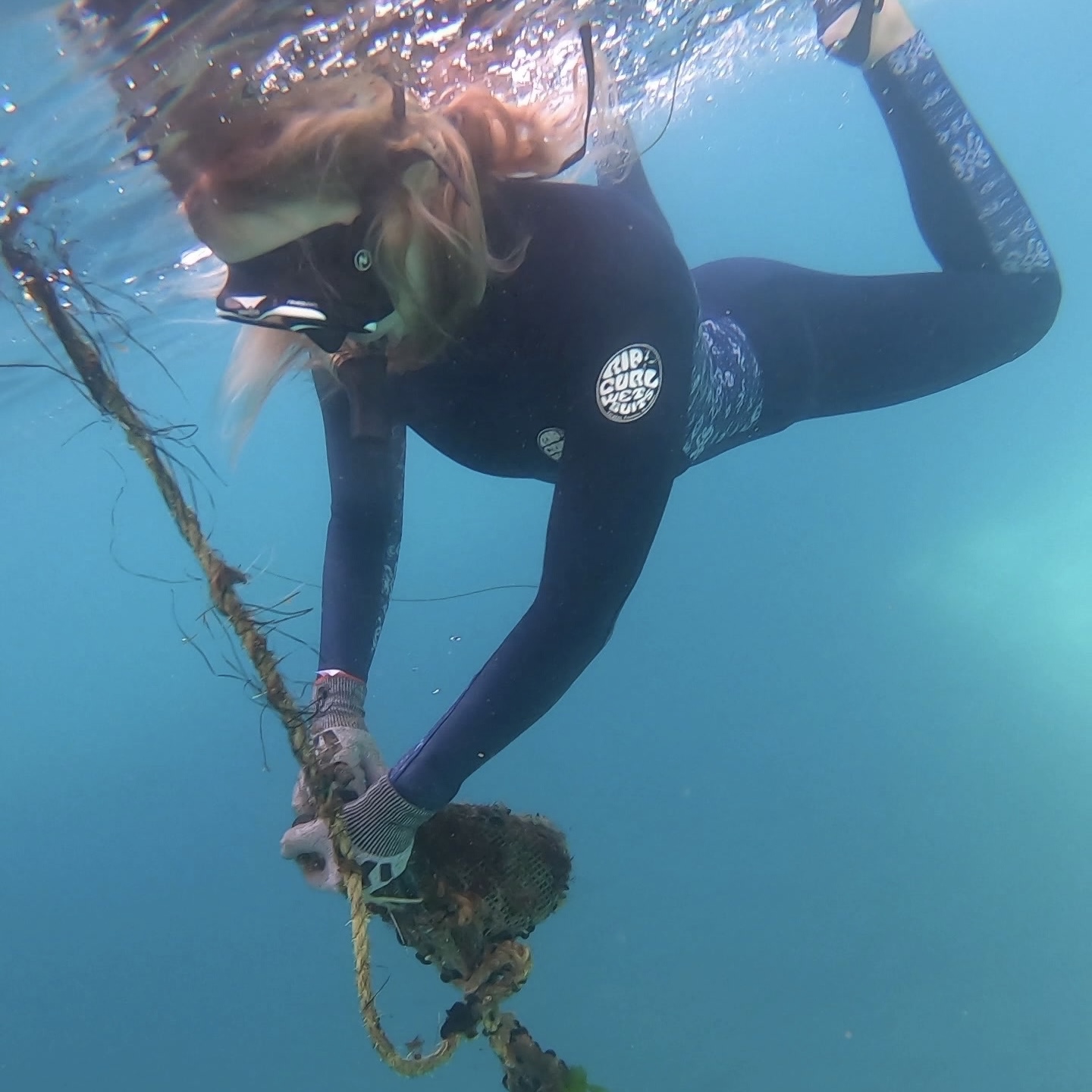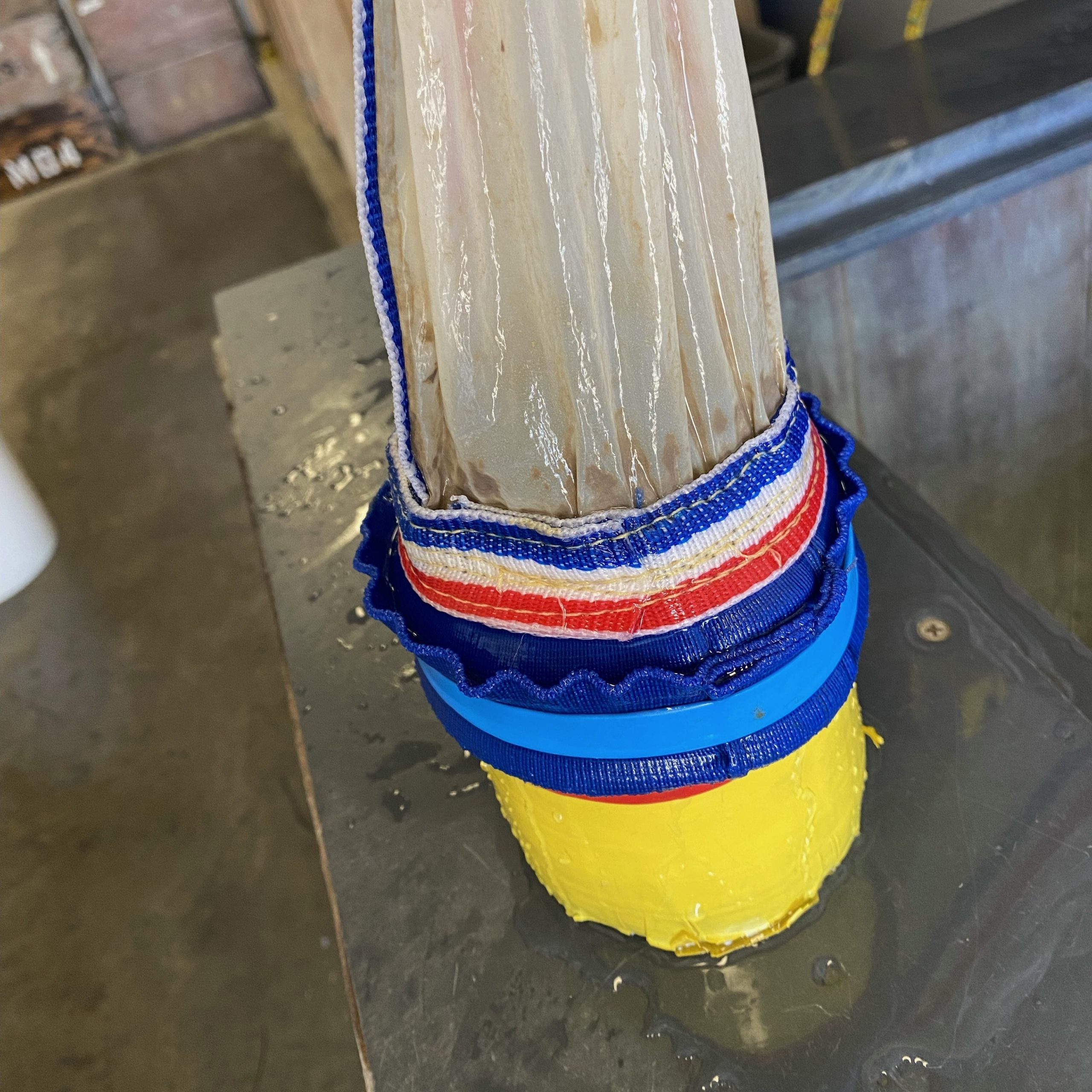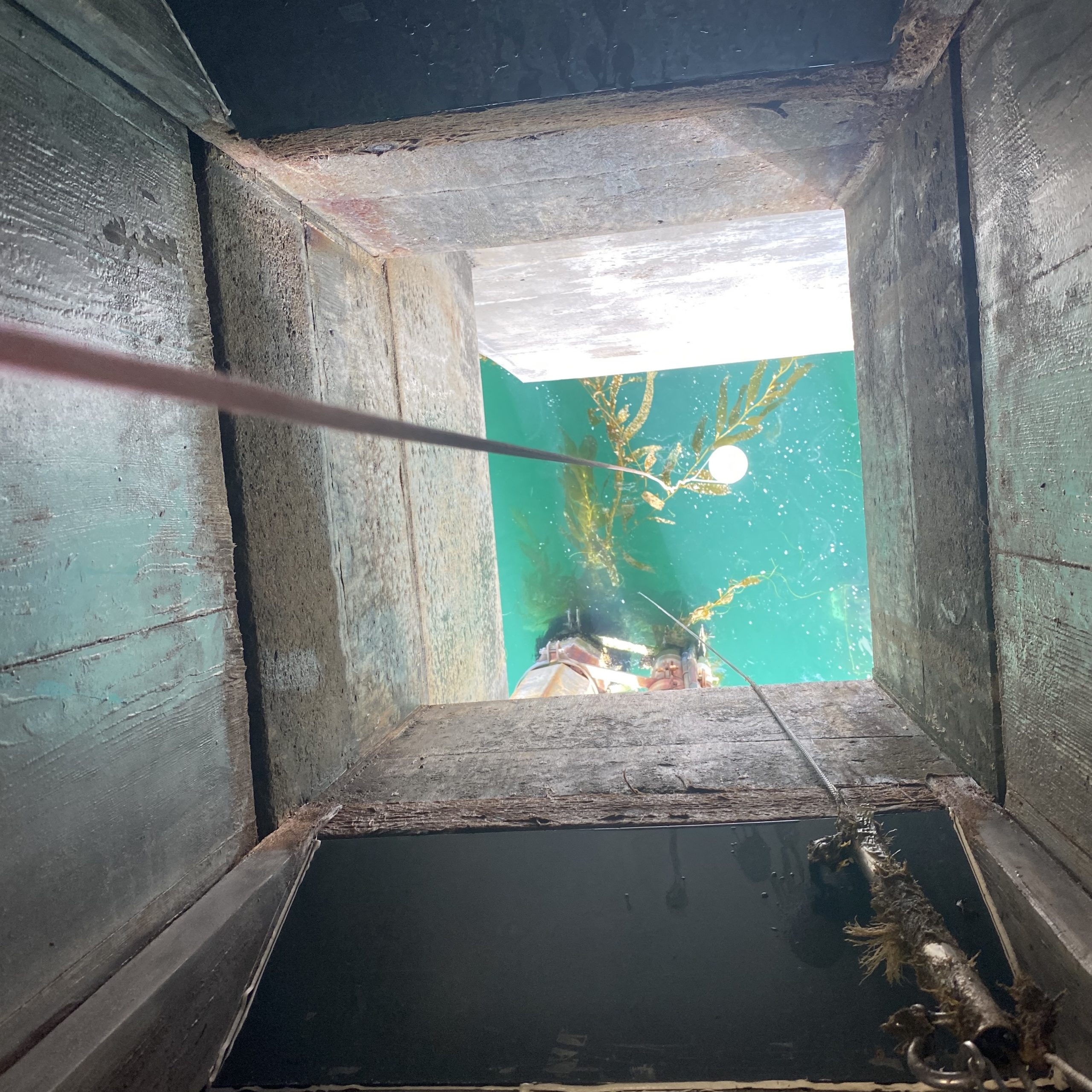The Coastal Ocean Observing Lab has been conducting studies of harmful algal blooms (HABs) in La Jolla, CA since 2008. One component of that work has been maintaining a sampling program at Scripps Pier. Our lab samples the plankton here weekly from the Tide Room at Scripps Pier, where the Southern California Coastal Ocean Observing System (SCCOOS) maintains an automated sampling site that records temperature, salinity, and chlorophyll. Our weekly monitoring is carried out in collaboration with the other monitoring sites distributed from San Diego to Santa Cruz and maintained by other university HAB research groups.
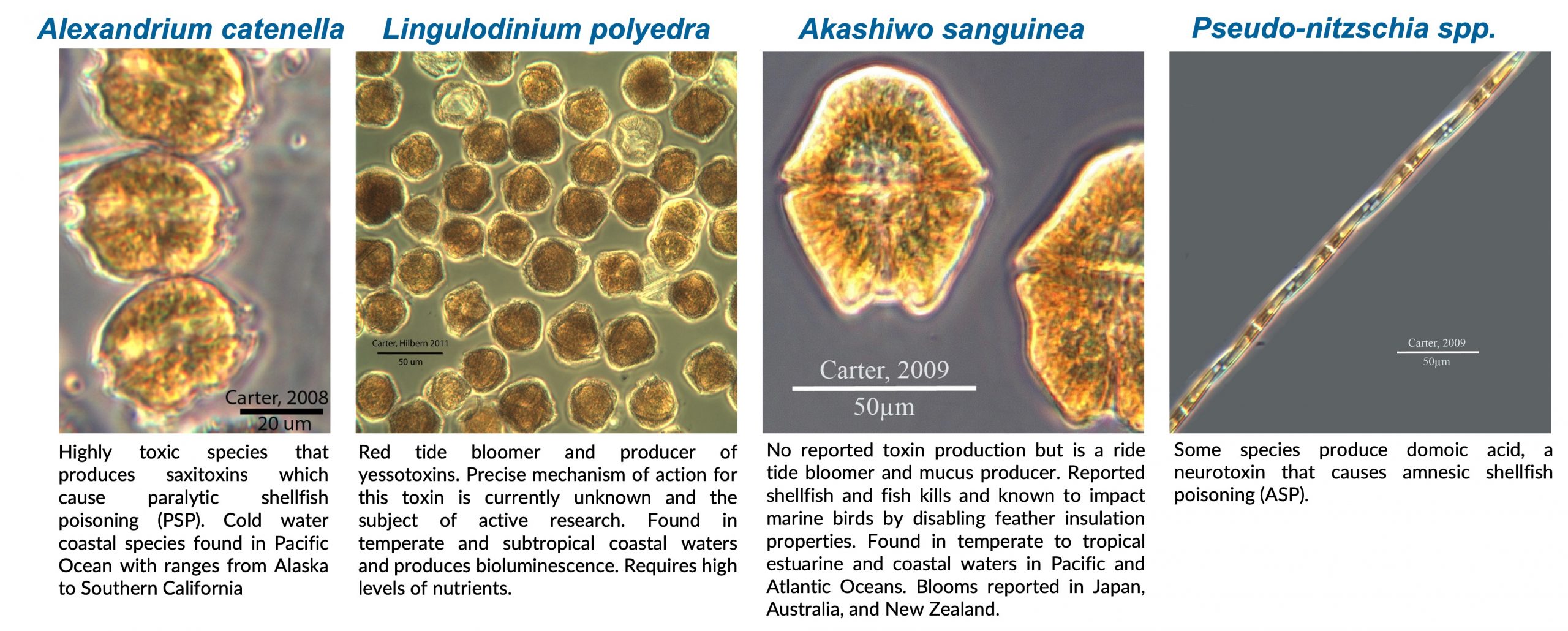
Weekly Sampling Report at Scripps Pier, La Jolla
Please credit the SCCOOS CalHABMAP program for all information and data obtained from these reports

Sampling Locations:
Scripps Pier - Scripps Institution of Oceanography
Newport Beach Pier - University of Southern California
Santa Monica Pier - UC Los Angeles
Stearns Wharf - UC Santa Barbara
Cal Poly Pier - California Polytechnic State University
Monterey Wharf - Moss Landing Marine Labs
Santa Cruz Municipal Wharf - UC Santa Cruz
Bodega Pier - UC Davis
Trinidad Pier - California Polytechnic State University, Humboldt
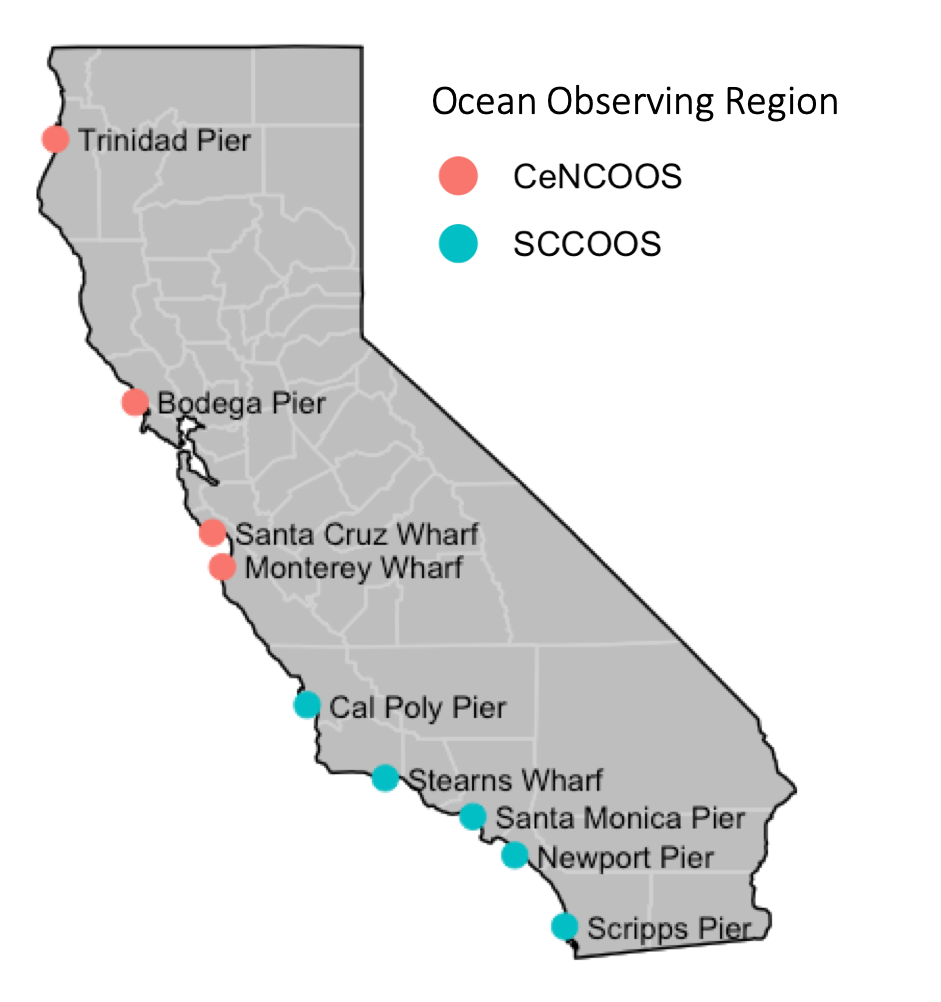
For more information on the statewide HAB network and forecasting system click here: California HABMAP
Set of core measurements are made at each of the HAB monitoring sites by the various HAB research groups
(All data below is collected from Scripps Pier in La Jolla, CA)
1. Taxonomy and abundances of HAB species: Samples are examined microscopically to identify and count algal species that are known to produce harmful effects. Several HAB taxa that are common in the region and of particular interest include species of Pseudo-nitzschia (the cause amnesic shellfish poisoning), Alexandrium (the cause of paralytic shellfish poisoning), Lingulodinium, Prorocentrum, Cochlodinium, Heterosigma, and Dinophysis (the cause of diarrhetic shellfish poisoning).
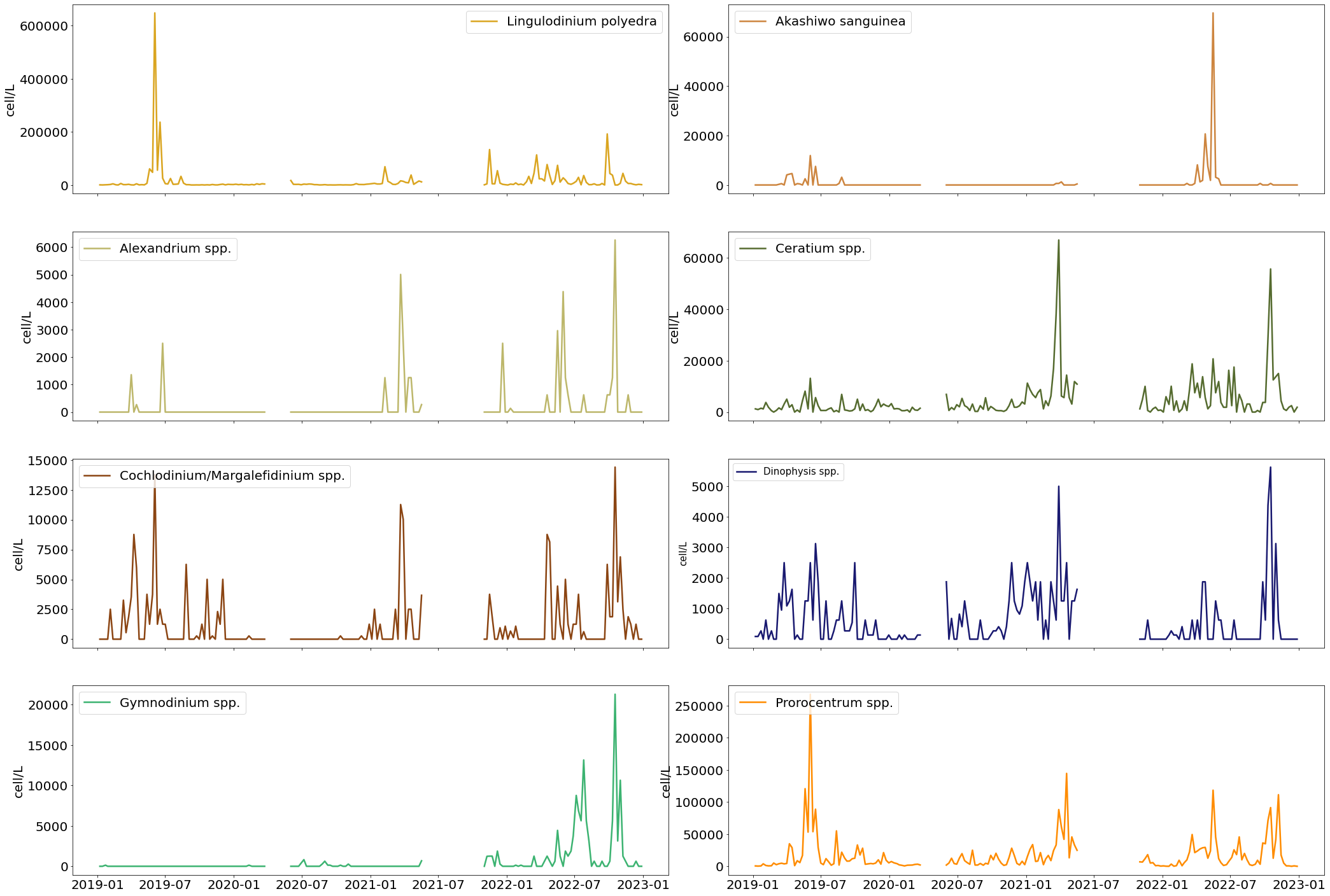
2. Domoic acid concentrations (and other algal toxins, if appropriate): Domoic acid is a powerful neurotoxin produced by species of the diatom genus, Pseudo-nitzschia. These species and this toxin have been a focus of our research in the Southern California Bight for many years (also see ‘Completed Research’). Samples collected by the HAB research groups are processed in our lab for particulate and dissolved fractions of the water samples when putative domoic acid producers (Pseudo-nitzschiaspecies) are observed in water samples. These weekly measurements from pier samples have been augmented by several major research efforts in our coastal waters to over the years to yield a 15-year dataset on the occurrence of domoic acid in along the coast of southern California.

3. Other pertinent measurements are also made weekly at the piers to provide contextual information on water quality and help explain the occurrence of harmful algae in our coastal waters. These measurements include various nutrients, chlorophyll concentration (a measure of plant biomass in the water), temperature and salinity.
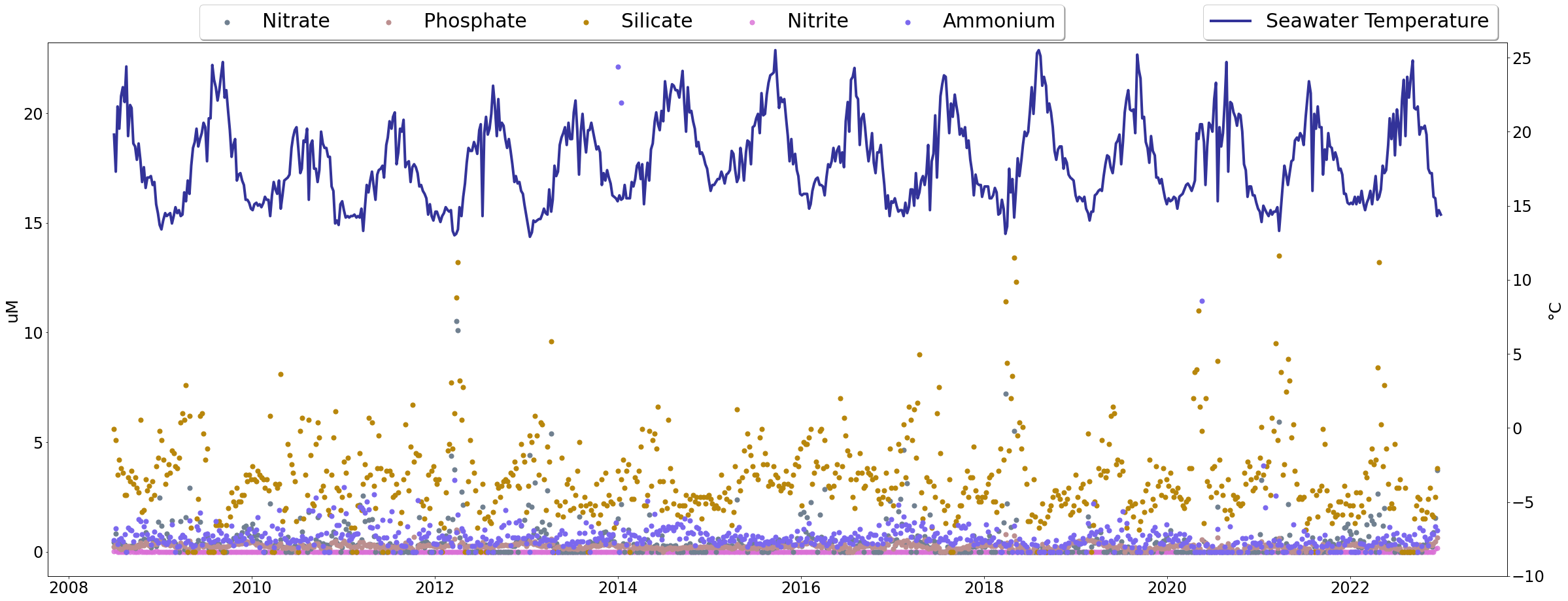
The SCCOOS HAB monitoring project has been funded since 2008 by NOAA through the Southern California Coastal Ocean Observing System (SCCOOS), and the Central and Northern California Ocean Observing System (CeNCOOS).



